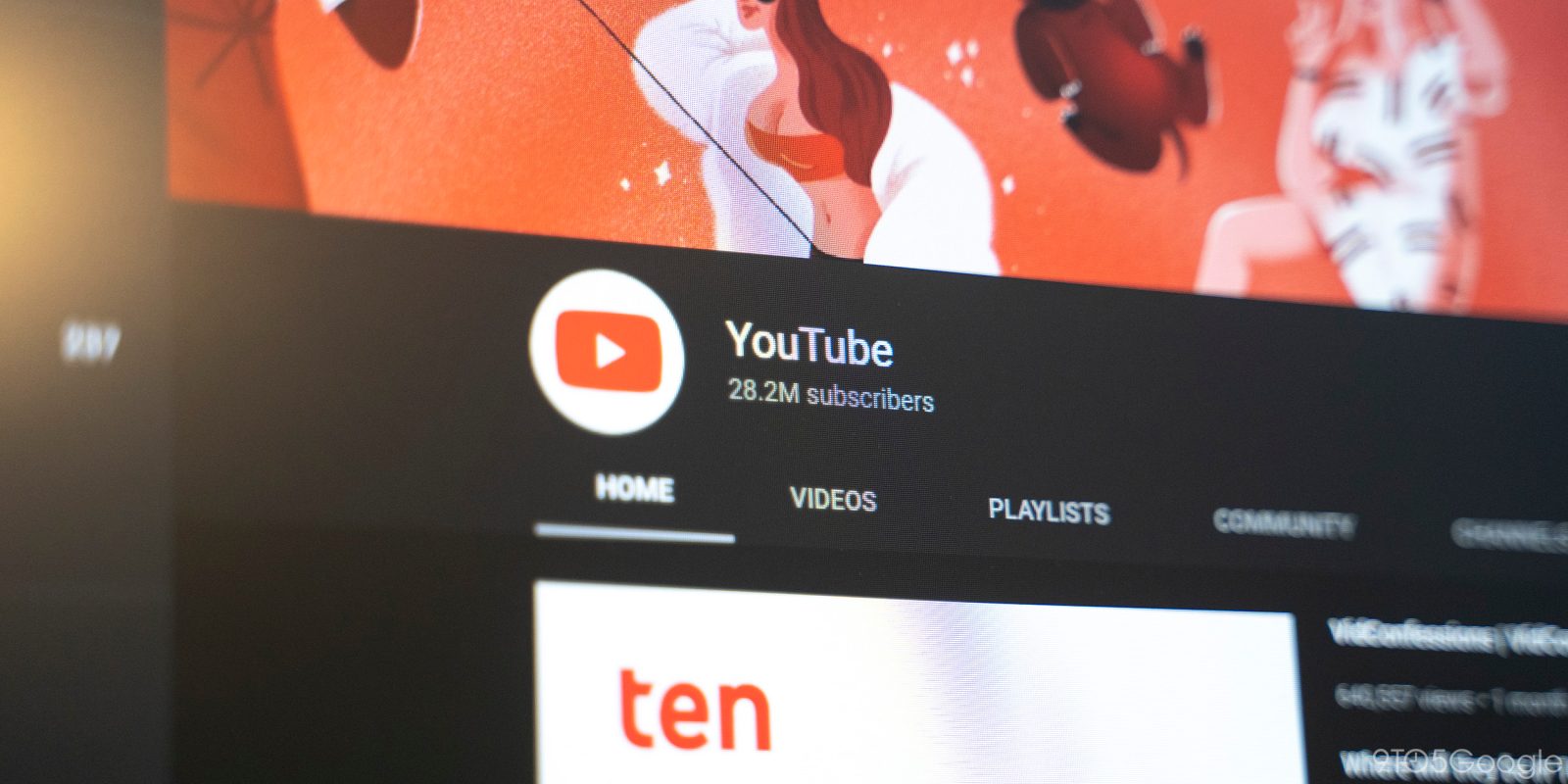
A web developer has spotted and shared an interesting trick that can remove many ads from sites like YouTube and bypass paywalls for publications.
Before we dive in, it’s important to remember that ads, especially on sites like YouTube, are what help fund your favorite creators and journalists to continue creating and writing the content you love. With that in mind, use the trick below responsibly.
Earlier this week, over on Reddit, web developer unicorn4sale shared an interesting and frequently forgotten bit of how the internet works. While we typically look at urls as using dots solely to divide the domain name — separating “youtube” and “com”, for example — it’s perfectly valid to include an additional dot at the end of the domain name. As this fact is not widely known, many web developers do not account for it, leading to particularly interesting results.
If you add the extra dot to a YouTube video URL, as seen below, you’ll find that YouTube’s pre-video ads generally no longer play. In our own testing, the effect isn’t quite perfect with YouTube, sometimes returning an odd static image ad instead of a video ad. For websites including that of the New York Times, adding the extra dot will bypass the usual paywall/login block.
Normal URL, normal ads
https://www.youtube.com/watch?v=dQw4w9WgXcQ
Altered URL (note the bolded dot), little to no ads
https://www.youtube.com./watch?v=dQw4w9WgXcQ
While the ad-removing trick works on the main YouTube site, adding the extra dot to YouTube Music’s URL breaks the web app entirely, rather than simply stopping ads from loading. Interestingly, some other sites, including our own, will break altogether if you attempt to add the extra dot.
Unicorn4sale goes into a little bit more detail into the technical aspects of what’s going on.
It’s a commonly forgotten edge case, websites forget to normalize the hostname, the content is still served, but there’s no hostname match on the browser so no cookies and broken CORS — and lots of bigger sites use a different domain to serve ads/media with a whitelist that doesn’t contain the extra dot
We have no doubt that Google will find a way to resolve this ad removal issue at least for YouTube within the next few days, especially as the trick’s popularity increases.
More on YouTube:
- YouTube Music will send ‘Playlist update notifications’ on Android, iOS
- YouTube Music’s status bar icon now matches the app logo
- Summer Game Fest partners with YouTube Gaming for exclusive streams, including PS5 coverage
FTC: We use income earning auto affiliate links. More.

Comments